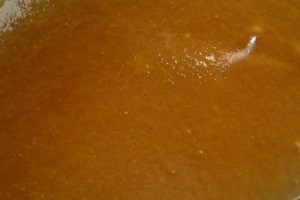 The relatively high cost of genuine manuka honey means consumers want to be sure they are getting what they pay for.
The relatively high cost of genuine manuka honey means consumers want to be sure they are getting what they pay for.
The manuka honey industry in New Zealand, where most manuka comes from, takes the issue very seriously as exports of honey were worth NZ $285 million last year, and ambitious industry plans aim to turn the manuka honey industry into a $1.2 billion industry by 2028.
Worries about fake manuka honey
Insatiable demand for manuka honey from around the world both for consumption and for medical products and a limited supply have led to claims of fake manuka honey being sold.
The many different labelling and systems to grade manuka honey have also been a problem as it causes confusion among consumers.
Unique Manuka Factor (UMF) Honey Association
The UMF Honey Association has been at the forefront of research to find a way of identifying genuine manuka honey.
In October 2015, the UMF HA announced it has developed a way of testing whether manuka honey is genuine or not with a portable fluorescent testing unit.
Unique compounds
Scientists have discovered that genuine manuka honey has two elements that are unique to the honey, one of which is leptosperin, and they are both fluorescent.
This manuka honey testing system is a method of fluorescence testing to show whether the honey contains the nectar of the manuka tree. Read the UMFHA press release about the breakthrough here.
Divisions within the industry
About 85% of all New Zealand’s manuka honey producers are members of the UMF Honey Association , including some of the largest ones like Comvita, some well-known producers are currently not, including Watson & Son and Nelson Honey.
